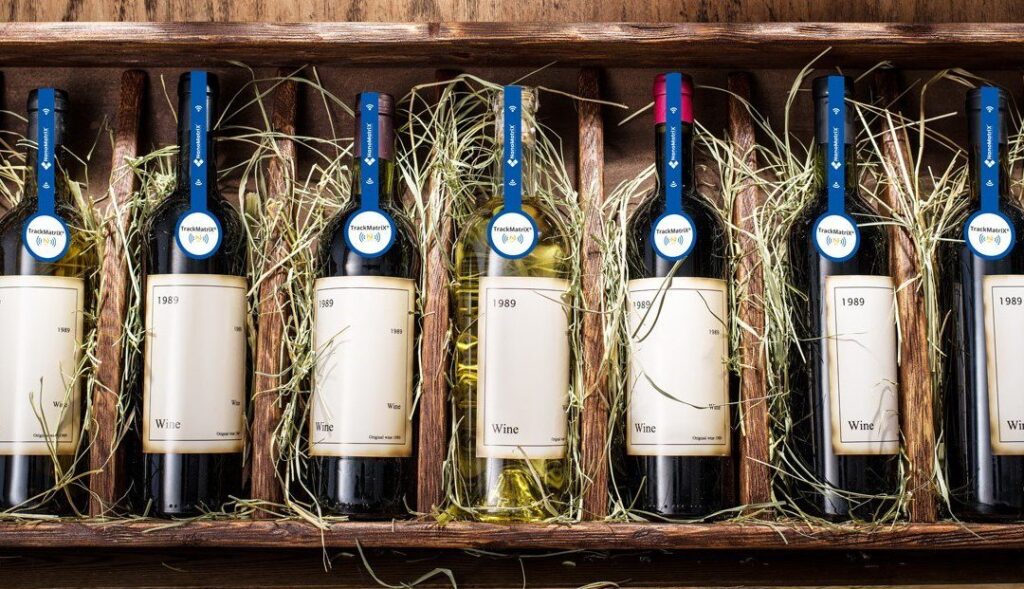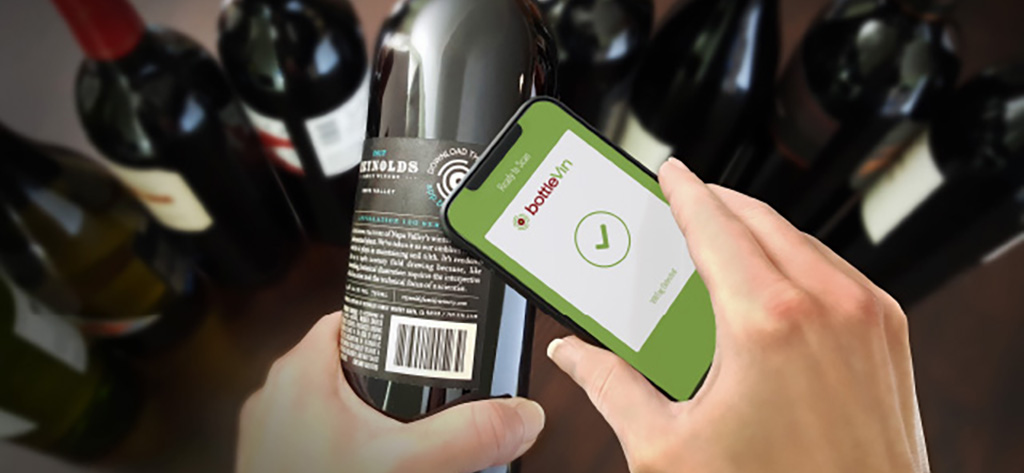The wine industry is experiencing a technological revolution that’s transforming how consumers interact with their favorite bottles. Near Field Communication (NFC) wine labels are emerging as a game-changing solution that addresses two critical challenges facing modern wineries: combating counterfeit products and creating meaningful consumer connections. These smart labels embed tiny NFC chips directly into wine bottle labels, allowing consumers to simply tap their smartphone against the bottle to unlock a wealth of information and verify authenticity.
With the global NFC market nearly tripling by 2024 and consumers preferring NFC tags to QR codes by a two-to-one margin, wine brands are discovering that this technology offers far more than basic product information. From protecting premium bottles worth thousands of dollars to creating immersive brand storytelling experiences, NFC wine labels are reshaping how the industry operates and how consumers experience wine.
How NFC Wine Labels Work
NFC wine labels function through a sophisticated yet simple process that requires no special apps or technical knowledge from consumers. Each NFC tag contains a semiconductor with a unique identification number that wine brands can program with item-specific information. When a consumer brings their NFC-enabled smartphone close to the label, the phone’s built-in NFC reader automatically detects the tag and provides instant access to the programmed content.
The technology utilizes high-frequency 13.56 MHz NFC-compliant RFID tags that are seamlessly integrated into the wine label during manufacturing. These chips store encrypted data that is virtually impossible to replicate, making them significantly more secure than traditional UPC codes. The entire communication process between the tag and smartphone is encrypted, ensuring that even the manufacturers cannot reproduce the security features.
Authentication and Anti-Counterfeiting Protection

The wine industry faces a massive counterfeiting problem, with an estimated $3 billion counterfeit wine market threatening legitimate producers. Premium wines are particularly vulnerable, with single bottles from prestigious vineyards like Château Le Pin averaging $3,000 and reaching up to $10,000 or more. The infamous case of wine collector Rudy Kurniawan, who sold $550 million worth of fraudulent vintage wine that remains in circulation today, highlights the severity of this issue.
NFC technology provides a robust solution through tamper-proof digital certificates that cannot be copied or reproduced. Each chip contains encrypted, item-specific information that allows consumers and retailers to verify a bottle’s authenticity instantly. For wines priced at $150 and above, the cost of NFC tags becomes negligible compared to the protection they provide against counterfeiting and the consumer trust they build.
Studies show that 75% of wine customers are more likely to purchase from brands that use anti-fraud technology, indicating that NFC implementation can directly contribute to sales growth.
Enhanced Consumer Engagement and Brand Storytelling
Beyond authentication, NFC wine labels create unprecedented opportunities for consumer engagement and digital storytelling. The large memory capacity of NFC tags allows wineries to program rich, interactive content that consumers can access with a simple tap. This content can include the wine’s origin story, detailed information about the winemaking process, food pairing suggestions, ideal serving temperatures, and even branded video content.
Wineries are leveraging this technology to create emotional connections with consumers, sharing their heritage and craftsmanship in ways that traditional labels cannot match. The interactive nature of NFC labels transforms a simple wine purchase into an immersive brand experience that extends before, during, and after the sale.
Market Impact and Future Outlook
The integration of NFC technology is revolutionizing the wine market by providing wineries with competitive advantages and new marketing opportunities. As consumers increasingly value transparency and authenticity, NFC-enabled labels meet these expectations by providing real-time access to comprehensive product information. This technology is already being implemented by hundreds of thousands of wine labels, demonstrating its scalability and practical viability.
The wine industry’s adoption of NFC technology represents a broader shift toward smart packaging solutions that prioritize consumer trust, brand protection, and enhanced engagement. As smartphone NFC capabilities continue to expand and consumer familiarity with the technology grows, NFC wine labels are positioned to become a standard feature in premium wine packaging.


